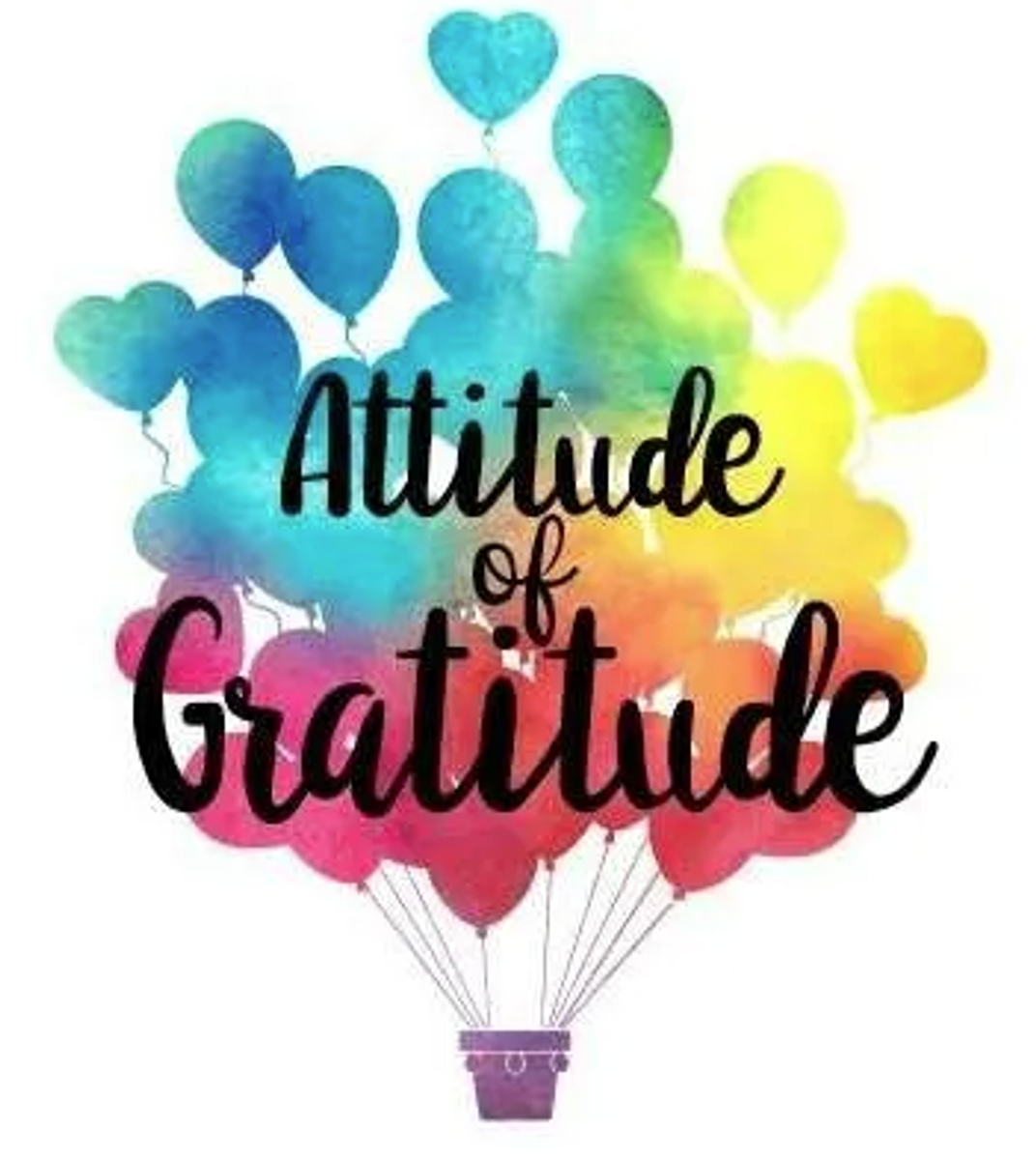Wellbeing

Attitude to Gratitude
Helping children see the good in everyday.
In a world that moves fast and is often full of distractions, taking a moment to notice and appreciate the good things in our lives can make a difference, especially for children. That’s why we’ve been exploring the idea of gratitude in our classrooms.
Gratitude is more than just saying "thank you." It’s about developing an attitude of appreciation, noticing the people, experiences, and simple joys that bring us happiness.
Research shows that practising gratitude regularly can lead to stronger relationships, better sleep, improved resilience, and a more positive outlook on life.
As part of our wellbeing program and in line with The Resilience Project, we’ve encouraged students to build an "Attitude to Gratitude" through simple, meaningful activities. These include:
- Gratitude journaling – writing or drawing things they’re thankful for each day
- Gratitude circles – sharing moments of appreciation in a group
- Gratitude letters or notes – expressing thanks to someone who has made a difference
- Daily reflections – taking a moment to pause and focus on the positives
These practices help students shift their focus from what’s missing or going wrong to what’s already good and working well, even on a challenging day.
By making gratitude a habit, we’re not only helping children feel happier and more connected but also giving them a lifelong tool for emotional well-being.
We encourage you to incorporate gratitude into your home life, too. Dinner table conversations, bedtime reflections, or even a family gratitude jar can be lovely ways to share and connect.
Gratitude doesn’t need to be grand—it’s often found in small moments: a sunny morning, a friend’s smile, or a kind word from a teacher. When we teach children to notice these things, we help them grow more thoughtful, positive, and resilient.
Thank you for being a part of this journey with us.

